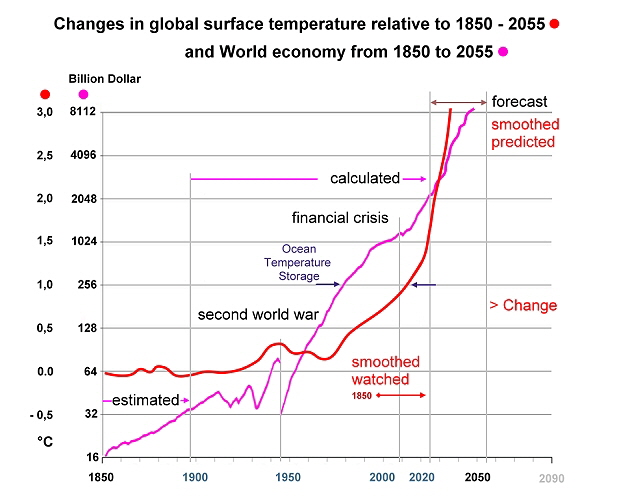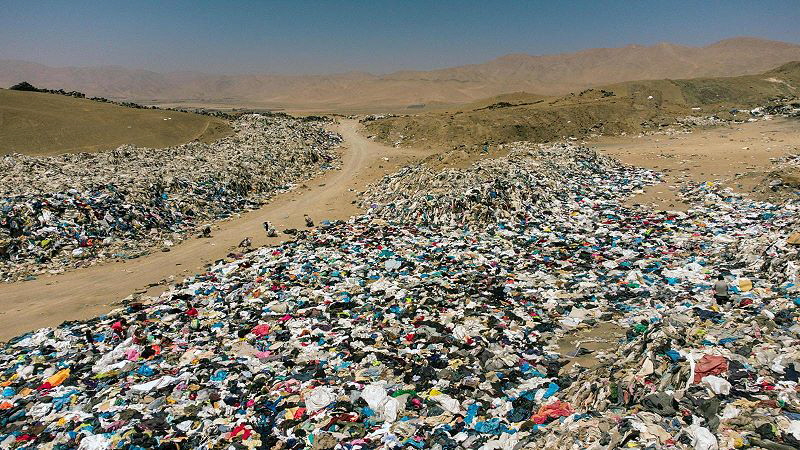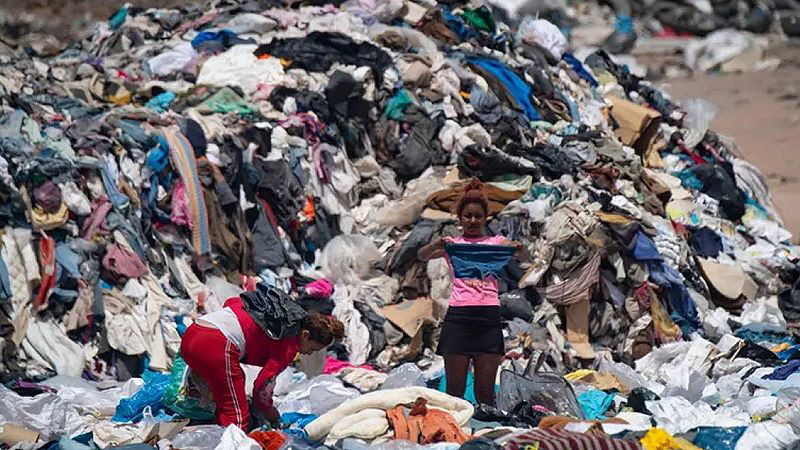


Home Energy Water Work Economy Solution Politics Team Product Recycling Cars Ships Aircrafts Promotion
World Pollution Air Weather Violence Women Weapons Psychology Plants Animals Food Peace Faith Imprint
Product
Sustainable products
Truly ecological products are characterized by the recyclability of the materials used, which should be 80-90% directly recyclable. The durability of the product can be around 100 years and the product can always be repaired. All other materials should be completely dismantled and reusedable in the production process. The durability of the product can be around 100 years and the product can always be repaired. Then, of course, there are the old-school managers who will claim that these products do not make economic sense because there can be no constantly increasing sales figures in this regard. Well, I would like to point out once again that it is precisely this type of constantly increasing production, the senseless reduction in the lifespan of products, the goals of constant expansion that have been set as the top corporate goal, the associated gigantic consumption of resources, the insane introduction of CO2 in the air we breathe and last but not least the contamination of the environment by plastic and other toxins that brought us into this unspeakably dangerous situation in which we are now.
The connection with the overproduction of the losers and the warming of the earth's surface and seas is more than significant and we must now consider what is more important: "Full pockets or survive".
Here's an example


With the exception of the cable, all materials are wonderfully recyclable and/or can even decompose in nature without causing harm. Both the heater and the cable are replaceable, ensuring a long product life. The rubber and plastic cable used here could be improved by using ceramic parts to minimize the rubber content. Instead of constantly reducing the quality of our products, we need to maximize their lifespan and create jobs in the repair and maintenance sector. We need to scale production back to 1900 levels. The products we produce more must be compensated for by a green production method.
I don't need to have a conversation with my iron; that's just as unnecessary as a non-stick coating, because these non-stick coatings on irons contain PFAS (per- and polyfluoroalkyl substances), especially the plastic PTFE (polytetrafluoroethylene), also known as Teflon. These "forever chemicals" are non-biodegradable and accumulate in the environment. While it is repeatedly claimed that they are harmless when used as intended, the chemicals can accumulate in the human body and can lead to liver damage, thyroid disease, obesity, hormonal disorders, and cancer. A research team from the Helmholtz Centre for Environmental Research (UFZ) has now shown that PFAS can also reduce the activity of human immune cells and thus impair health. Toxic fumes are released, especially when overheating occurs, and whether the particles that break off from scratched pans and thus end up in the food are truly harmless has not yet been sufficiently researched. It's also a disease of the system that substances like asbestos are simply put into circulation without prior, sufficient research. Even when it's been proven beyond doubt that asbestos is highly dangerous, it continues to be used in Russia, China, India, Kazakhstan, and Brazil, where it's definitely making people sick.
The mass production of computers and other fun products is also particularly reprehensible. Computers actually run for a very long time and could certainly be used for much longer, but the software industry in particular prematurely discontinues technical support for operating systems, forcing users to buy new software and new devices. This is not only wasteful, but, given the abysmally poor recycling and repairability of such plastic devices, it's a direct and deliberate waste production. High-quality cases and keyboards could be filled with easily dismantled electronic content, and of course, the raw materials used in the components themselves should be completely recycled. But this simply runs counter to exponentially increasing mass production and could never serve the exponentially increasing capital. In a circular economy that complies with the laws of the planet, indeed the universe, thousands of hard-working hands would repair and dismantle products, earning their living by extending the lifespan of products, updating them, or dismantling them to recycle raw materials.
The whole thing is only topped by the fast-fashion industry, where not only are new models presented every four to six months, but the quality is getting worse and worse. The artificial fibers can then no longer even be used as cleaning rags and are of absolutely no use for anything else. The worst part is that the goods that cannot be sold at full price are then dumped in a desert in Chile, among other places, and this practice continues despite being exposed. What's even worse is that these brand new clothes are initially brought from countries like India on ships powered by heavy fuel oil over thousands of kilometers and are now being transported back to Chile or Africa (that's where the old clothes end up) in the same poison-spewing ships over thousands of kilometers to be disposed of in nature, just so that they don't have to be sold at a cheaper price and the far too high prices remain stable.


The Atacama Desert in Chile has become a massive dumping ground for fast-fashion waste, as tens of thousands of tons of unsold clothing from around the world, especially Europe and the US, end up there each year. Many of these garments, often made of synthetic, non-biodegradable materials, are illegally dumped in the desert, causing significant environmental pollution.
- Pollution:
Synthetic fibers take hundreds of years to degrade and leave behind microplastics. The piles of clothing also contain toxic chemicals from dyeing and printing processes that contaminate the soil and groundwater.
- Fire Hazard:
The arid desert and the highly flammable materials of the piles of clothing repeatedly lead to fires that release clouds of toxic smoke.
‘ - Health Hazards:
Pollutants from fires enter the air we breathe, endangering the health of people living near the dumps as well as the entire population of the Earth, because air knows no boundaries.
Here, too, nonsense and absurdity are being exponentially increased in an attempt to achieve something completely impossible: the sustained, exponential growth of capital. Instead of using this desert to generate electricity, exponential madness is being celebrated and a gigantic pile of waste is being produced.
Viruses and bacteria also develop exponentially, always destroying their host and thus their own existence. Thus, even the worst pandemic among humans, if it could not be combated, would end due to a lack of people. This should give us pause.
Home Energy Water Work Economy Solution Politics Team Product Recycling Cars Ships Aircrafts Promotion
World Pollution Air Weather Violence Women Weapons Psychology Plants Animals Food Peace Faith Imprint